|
In this latest post chronicling the writing of This Sacred Isle, I'll be discussing how I approached writing dialogue in a novel set during the Dark Ages. Writing dialogue is always a challenge, for dialogue serves so many functions and so is central to the success or otherwise of any novel. Dialogue advances the plot, provides exposition, and above all, reveals character. I believe dialogue should fundamentally come from character, and that the words they speak, and sometimes the words they don't speak, should expose their beliefs, desires and fears.
My intention (and only readers can judge if I have in anyway succeeded!) is to give each character a distinctive 'voice'. For example, Hengist speaks in a coarse, earthy manner, while King Tytila's speech is bombastic - well suited to a man drunk on past glories and not used to being challenged or contradicted. I want readers to see the characters in the story as flesh and blood, and not just authorial mouthpieces spouting stilted words - each character's responses must seem credible and in-keeping with their background and personality. Hopefully this allows the reader to move through the trappings of an unfamiliar, heightened world to better understand the motivations of the characters. As a writer, it is important to keep a keen ear for everyday dialogue, for the rhythms and cadences of speech - I listen out for interesting turns of phrase, quirky responses and accents. However, dialogue within This Sacred Isle provided some particular challenges! In essence, the Anglo Saxon characters of this time speak a 'foreign' language (Old English), although one which was the foundation of modern English. I do not speak or write Old English, however, within This Sacred Isle I wanted to catch a flavour of this language, in particular the kennings (two-words phrases used to describe an object, usually employing a metaphor). Although not a literate people, I believe the early Anglo-Saxons had a potent sense of poetry, and it should not be forgotten that these people were settlers - perhaps their language, including their kennings, helped them make sense of their new land and gave them a link to their ancestral home in continental Europe. When writing dialogue I always take a minimalist approach, with a sparing use of adverbs and attributions. I find this reduces the sense of author intrusion, strengthens the impact of the dialogue and provides a more natural rhythm and flow. I cut back to the barest essentials to give (where appropriate) a clipped, urgent quality to dialogue. I would not say this suits every story (nor every writer) but this felt especially true to the world of This Sacred Isle. What do you find most challenging about writing dialogue? Please leave a comment below and join the conversation.
0 Comments
Well, it has taken three years to reach this point, but finally This Sacred Isle is published today! Publication day brings the normal mix of emotions: relief at having completed and published the book, and no little nervousness about how it will be received...
Whatever the response to the book, I am happy with how it turned out. Of course, a finished novel never matches the vision you hold in your mind's eye - some elements always get lost or do not turn out quite as well as expected (there will be a future blog post on this very topic!). But This Sacred Isle is very much the novel I wanted to write and I hope readers will relish following Morcar's adventures. And now, with This Sacred Isle finished, it's time to start working on a new story... In this latest post chronicling the writing of This Sacred Isle, I'll be looking at how I researched the novel. Whatever type of novel you write, some level of research will be required. For This Sacred Isle I carried out the following types of research:
I find that a range of methods provides more depth to my research. Books and articles are crucial at checking facts and understanding the wider historical context. However, I contend that although essential, this is not enough in itself. Much of This Sacred Isle takes place in locations that are real or inspired by real places. I made every effort to visit these locations (although clearly they are much changed from the 6th century!). For example, I visited Burgh Castle, the setting of the final battle in the book. Of course, I could have discovered the key facts about Burgh Castle by reading books or articles on the internet. But the experience of actually being there gave me so much more: mood, atmosphere and a real sense of place. As I stood within the ruined fort, ideas for the story sparked in my mind; I put myself in my character’s mind, trying to understand what their feelings would be faced by such a place. Similarly I visited West Stow Anglo-Saxon village – this is a wonderful ‘living’ museum and an absolute treasure trove for anyone interested in this period. And as well as the fascinating artefacts and buildings, simply walking through and around the recreated village gave me so much. I remember sitting in the one of the halls, with a smoking hearth-fire blazing away and feeling that I was transported to that world. Such experiences go into my ‘sense memory’, which I draw upon as I write the book. Clearly, it is not always possible to visit specific locations (if you’re writing a book about the Moon, for example, you might find that challenging) but if you can, I promise you’ll be richly rewarded. In a similar vein, I take every opportunity I can to visit museums and galleries. I am fortunate to live within reasonably easy distance of London, which enables me to access to some of the world’s greatest collection of art and historical objects, but as you’ll see from the list below, I have also visited museums and galleries in smaller towns and cities too: West Stow Anglo Saxon Village (near Bury St Edmunds, Suffolk) Sutton Hoo (near Woodbridge, Suffolk) Ipswich Museum Norwich Castle Museum Fitzwilliam Museum (Cambridge) Cambridge Museum of Archaeology and Anthropology British Museum (London) Victoria and Albert Museum (London) National Gallery (London) Tate Britain (London) Courtauld Gallery (London) When I am researching, I find there is nothing like seeing (and when allowed, handling!) real objects from the period – it gives wonderful insights into a culture and I find it also guides me to certain aspects of a character. Remember, you are not just collecting facts; research is just as much about capturing the mood of a time – 6th century Anglo-Saxon England in my case. I worked on the basis that the readers of This Sacred Isle wanted a plausible, rich depiction of that time period – but not long descriptions of every artefact I have witnessed. The research should seep into your fiction and in particular into your characters. One example during the writing of This Sacred Isle is when I saw in the British Museum a 6th century monastic hand-bell. One of the characters in the novel, Conn, is a novice monk, and seeing this object shaped how I saw his character. I thought about what the life of a monk at that time would be like, to have every hour of your life marked and controlled by the sound of bells. I compared it to elements of my own life – for example, how do I feel when my alarm sounds and I have to go to work (hint= not wonderful!). This allows me to make a human connection with a character and see the world through his eyes, to feel a sense of being restricted, trapped even, and to yearn for a freer life. When visiting art galleries, the experience of research is sometimes more abstract (in the case of This Sacred Isle there are no paintings from 6th century East Anglia!) but no less inspirational. The themes in paintings are often universal and express fears and yearnings that are relevant for any period of human history. Often, a painting will inspire ideas about the tone and use of colour in my writing. Sometimes they will specifically influence the way I describe a character. An example of this in This Sacred Isle is for the grotesque Thyrs Morcar and his companions encounter in the Great Fen. I really wanted to move away from the conventional monster or ghoul, and it was one painting in particular that for me locked the appearance of these grotesque pictures – Francis Bacon’s Three Studies for Figures at the Base of a Crucifixion. As I looked at this painting in the Tate Britain I was not only struck by its sheer power, but realised that the ghastly figures conveyed the sense of horror, the attitude, I wanted to capture when describing the Thyrs. A visit to an art gallery, any art gallery, will inspire you and fire you with enthusiasm simply to create. I have notepads for my research, although for visiting places, I have used a handy, pocket-sized notebook (see below – yes, it came from the wonderful Bletchley Park), which is ideal for scribbling down notes and ideas in crowded museums and galleries! This notebook has been my friend and companion on many a trip! I do the majority of my research before I begin the first draft but that does not mean that research ceases at that point. I continue to research right until the final proofread of the last draft, whether simply fact-checking or looking to express an idea in a different format. When writing you must remain curious and hungry for knowledge. You can never predict how a book will turn out – it might be well-received, it might be instantly forgotten. But during the writing journey, you should at the very least learn a lot about a lot of subjects, and emerge, hopefully, a little wiser!
I genuinely love research but it is not the same as writing, and that’s the part I will come to in the next blog post… Which research methods work best for you? Please leave a comment below and join the conversation. "Why don't you write stories set in the real world?" This is a question I have been asked a number of times and - to be honest - I have sometimes asked it of myself. When I first conceived of writing This Sacred Isle, a story set in Britain during the Dark Ages, my intention was to write a 'straight' historical novel. I had recently finished the Tree of Life fantasy series and thought I wanted to move in a slightly different direction. However, once I starting researching and planning This Sacred Isle I became intrigued with the myths and tales of the Anglo-Saxons, which were populated with a range of fantastic beings and shot through with magic and mysticism. Although I remained committed to making the historical details of the novel as accurate as possible, I realised I wanted, needed to explore the fantastical dimensions of the story. And I believe there was no inconsistency here - the legends of the Anglo-Saxons, such as the monstrous thyrs, demonic black hounds and of course, dragons, would have been real to the people of that time, horrors just out of sight, horrors lurking on the horizon... I concluded I could not set a story within this time period without representing the Anglo-Saxon's belief in their gods and their concept of Wyrd, fate or destiny as we would perhaps call it. This element, I believe, gives the story further depth and consistency, for it influences the characters' thinking and decisions. My love of writing fantasy and SF fiction goes to the very core of why I write. I want to explore the things that fascinate me: psychology, myth, story-telling, art, the natural world and history. Fantasy (and SF) are often dismissed as pure escapism, labelled cosy and simple - words that imply the genre is childish and immature. But for me, fantasy is not a retreat; it provides me with a way of processing the world. It is a slanted mirror, distorting, warping, but still reflecting reality. Fantasy gives me the sandbox to play with these ideas - somehow it gives me the right tools, the right language. When I set out to write This Sacred Isle I was interested in delving into the Anglo-Saxon world and constructing a riveting story. But I wanted to write about Britain, and the inherent dangers of tribalism and closed minds. I could have written (or at least tried to!) about austerity politics, the rise of nationalism or religious extremism. Yet the mythic landscape of the Dark Ages somehow provided the setting and symbols in a more abstract and (I hope) richer way. This is what fantasy / SF can achieve. And many better writers than me seem to have come to the same conclusion. Take George Orwell's Nineteen Eighty-Four - he could have set his novel in Stalinist Soviet Union; doubtless it would still have been a devastating critique of totalitarianism, with powerful human truths. But would it have touched so many people across so many cultures; would it have buried itself so deeply in our language, our political thought, our nightmares? Others may disagree, but I think not. By setting Nineteen Eighty-Four in the fictional Airstrip One and filling this world with invented (and terrifying) creations such as Telescreens, Thought Police and Room 101, Orwell gives the novel a broad and timeless applicability.
There is of course always a need for realistic, contemporary fiction - a burning need. Our literary landscape would wither without it. But I would argue fantasy also holds a place of high importance: entertaining, thrilling, challenging, daring, frightening. I strongly suspect everything I write will have a fantastical element, because this allows me the broadest canvas to explore the real world. What draws you to fantasy and SF fiction? Please share your thoughts below. Continuing my blog series detailing the writing of This Sacred Isle, I'll look during this post at planning for the novel. The picture above shows my ‘story planner’, which follows a template based upon the Monomyth, the Hero’s Journey, story structure. It is fair to say that the Hero’s Journey structure is not without its critics and often there is validity to their arguments (too general, too male-focused); but I look upon this as a building block, a first step in the construction of my narrative. My ‘story planner’ allows me to have a quick, high-level first pass at compiling the structure and rhythm of the story.
How does it work? Well, it is a very cheap, lo-fi tool! I print out the sections onto an A3 sheet and then simple add post-it notes (different colours for narrative points, characters, mood etc.) to the relevant sections to map out the plot. In time, you should end up with something like this (though maybe tidier). If you use this method, my advice is not to rush through it. Spend a few weeks building the structure and take time looking it, moving elements around. I think you’ll be surprised how quickly a narrative outline starts to form. I find it invaluable in the process of moving from a mass of ideas to an actual story. Now armed with a post-it festooned / smothered story planner for This Sacred Isle, I was now ready to move to the next stage, to more detailed planning for the novel. For this next stage, I used what I call my ‘treatment’ – a term borrowed, rather grandly, from Hollywood, where it describes a prose outline that is between the initial scene cards and the screenplay. Indeed, you could look at the story planner as the ‘scene cards’ and the first draft of your novel as the ‘screenplay’ to understand how the treatment fits into the process. My treatment for ‘This Sacred Isle’ ran to approximately 11,000 words. To summarise, this is what I included:
What are the advantages of compiling a treatment rather than simply steaming into the first draft? Well, I feel a treatment allows me to build a comprehensive plan of the novel, chocked full of detail – it is invaluable when writing the first draft (and beyond) as I have a document to refer back to. This is both a reassurance during the arduous process of writing a first draft, and a way of ensuring that early ideas are not missed. There is the danger that ideas noted in the treatment become ‘cast in stone’, and that early plans and thoughts are not challenged later. But this should not be an issue if you use the treatment as it should be: as a support tool and a method of beginning to drill down into the detail of your emerging novel. How do you plan your stories? Please share any thoughts or suggestions below. 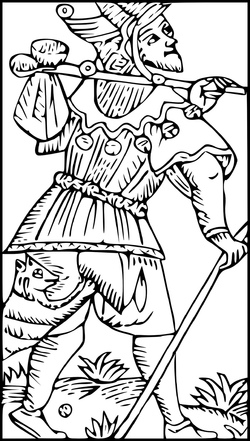 The tarot card called the Fool is commonly interpreted as someone at the start of a journey - his bag is empty, waiting to be filled with wisdom. This motley character is walking forward into the unknown, his story ready to unfold. I suspect most writers who embark upon a novel will understand what the Fool is going through! It is an exciting time - all those blank pages offer immense potential, with a myriad of plots and character to discover and develop. However, the writer is also faced with multiple challenges, such as undertaking in-depth research and building a narrative. To write a novel is a long journey and setting upon the road is to accept that many steps will be taken in ignorance. Having now written four novels, I know the mixture of excitement and fear authors feel at this stage. The research alone feels like a mighty task: long hours spent in the library, books to read, websites to browse and locations to visit. I feel inadequate to the task; I lack the knowledge and experience to create the book I want. I worry my ability is outstripped by my ambition. And even when completed, will it be a book anybody wants to read? Doubts multiply at this stage. However, something keeps me going - a belief in the story, a story I want to, have to, write. The story almost forms a movie inside my mind: I see wideshots of haunting landscapes, actions beats, engaging characters, powerful imagery. But just as an architect's model does not show the practical difficulties in constructing a building, this mind-movie does not have any solutions to the myriad of problems I'll face. This is not necessarily a problem, for this mind-movie, this (almost wincing as I type) vision, acts an inspiration, a goal to aim at, a peak to climb. The finished book, even after months and years of hard work, will never match this original vision; but I hope it will motivate me to go further as a writer, to push myself, to find greater depths in my work. What stage of the writer's journey do you find the most challenging, or the most inspiring? In a series of blog posts, I want to recount my experience of writing This Sacred Isle. These posts won’t form a ‘how to write a novel’ guide, and neither would I claim to have all the answers when it comes to the art of novel-writing. In a way, I hope they serve the same function as the ‘extras’ on a DVD / Blu-ray disc. I aim to cover the process from the initial ideas for a novel, through research, planning, draft-writing and editing. I hope my posts will offer some fruitful points of discussions and useful ideas for writers and would-be writers; I also hope to help you avoid some of the pitfalls into which I stumbled! I'll begin by looking at the inspiration behind the writing of the novel. ‘This Sacred Isle’ is set in 6th century Britain, a period commonly referred to as the ‘Dark Ages’ (some academics refer to it – probably more accurately – as the ‘Early Middle Ages’, but that’s less snappy). The Romans had abandoned Britain more than 150 years earlier, a withdrawal which eventually plunged much of the island into chaos. Waves of invaders (though they would have considered themselves settlers) came to Britain, especially Germanic tribes such as the Angles, Saxons and Jutes. These newcomers became the dominant force in much of England, either displacing or absorbing (historians fiercely debate the violence of this ‘take-over’) the native Britons. This period has long fascinated me, a period when kingdoms and regional identities started to coalesce, with the very foundations of the nations of Britain taking shape. At this time, Britain was largely a wild land, rich in myth and ruled by warrior-kings, and a land where the people faced perils that many parts of today’s world still endure: war, disease and famine. In some ways, this is a post-apocalyptic world, with scattered groups of individuals struggling to establish order within the bones of Roman Britannia. In addition, the plight of the Britons intrigued me; how would they feel, often supplanted by the aggressive newcomers from across the sea, the last remnants of the civilisation of Roman Britannia crumbling? The action in the novel takes place in East Anglia (if you’re looking at a map of England, it’s the bulge to the east of the country), which was a kingdom founded by Angles who came to Britain from the continent. As a native East Anglian, using the landscape and atmosphere of the region felt natural to me. The Anglo-Saxon cosmology and mythology feels fantastical, but it is one of the core principles of my story that it would feel real to the people, they would make no distinction between what might be called ‘supernatural’ and real life – presenting this was a challenge!
I also wanted to capture a hint of the linguistic skill of the Anglo-Saxon people. Confession time – I do not speak or read Old English, though I have researched the language. This Sacred Isle is clearly written in modern English, but the Anglo-Saxon kennings intrigued me and I sprinkled these throughout the story to add a flavour of their rich, poetic forms of expression. The more I thought about it, the more I felt that this period, this setting, offered strong potential for a novel. It was a story I wanted to tell, even one I needed to tell. And I do think this is an important point when it comes to writing novels – the subject matter has to grip you, the author. If you want to write a novel you have to be prepared for the long haul, not just writing but research, and that journey will be much more rewarding if you are writing about a subject that fascinates and excites you. Therefore, when setting out on your writing journey, that this is a book you not only want to write, but have to write. What inspires you to create? Please leave a comment below and join the conversation. Hello - I'm Steven Smith, the author of the Tree of Life fantasy series, and the soon-to-be- released This Sacred Isle, a fantasy novel set during the Dark Ages.
This is my first post on my new blog and new website! Thank you for visiting - you're very welcome and I hope you'll visit regularly. So, what can you expect from this blog? I want to use my blog for much more than just promoting my books. As well as talking about books, films and music I love, I also plan to share many of my experiences (both good and bad!) as an indie author, and I hope this will help and encourage other writers out there. Writing is tough, as is independent publishing, and I passionately believe the more we can share with our fellow writers, the better all our work can be. There is already a fantastic online community for indie authors and I hope in some small way to contribute. To this end I'll be adding weekly posts detailing my experience of writing my novel, This Sacred Isle, as well as other posts giving general writing / publishing advice and signposting some great sites for support and creativity. And I don't want this blog to be my own personal soapbox - I'd love to hear your comments and ideas as well! |
Archives
October 2023
Categories
All
|
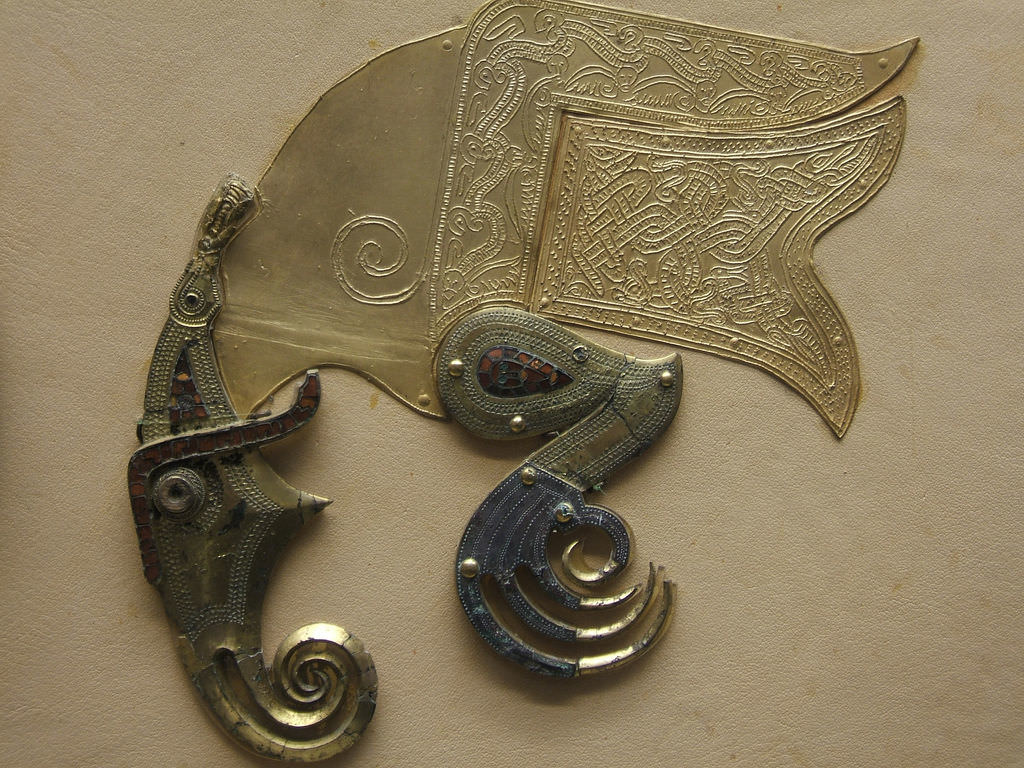
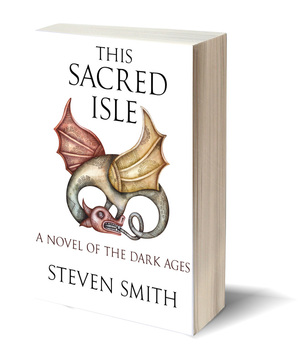
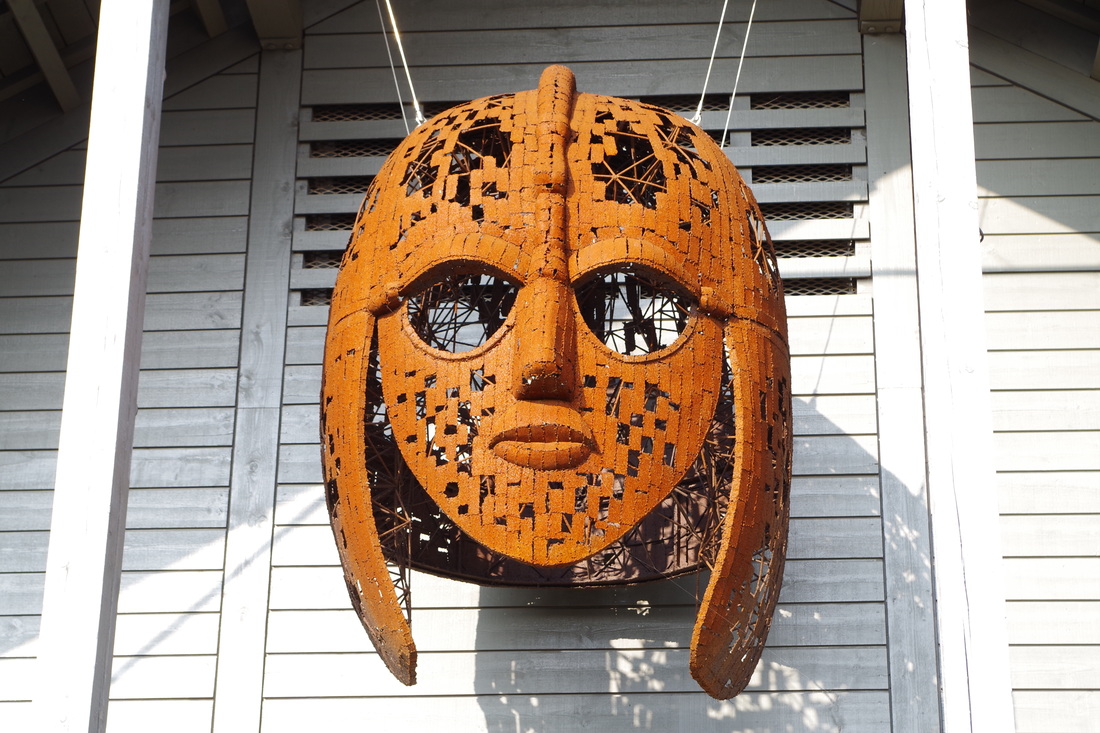
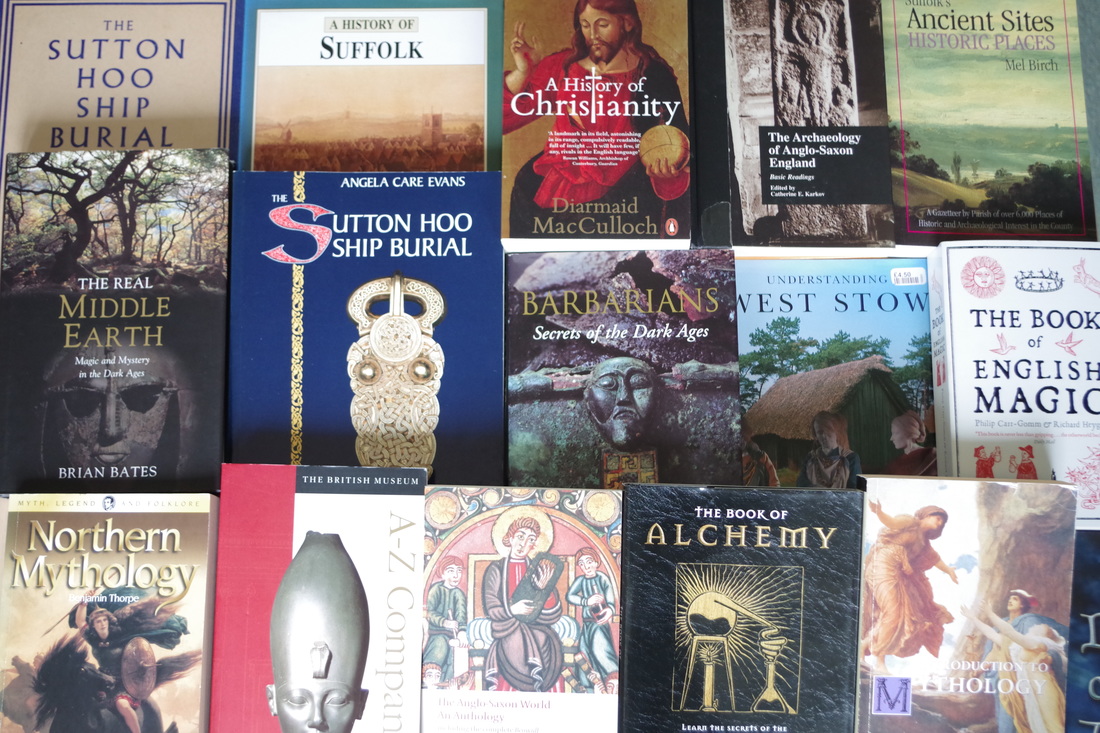
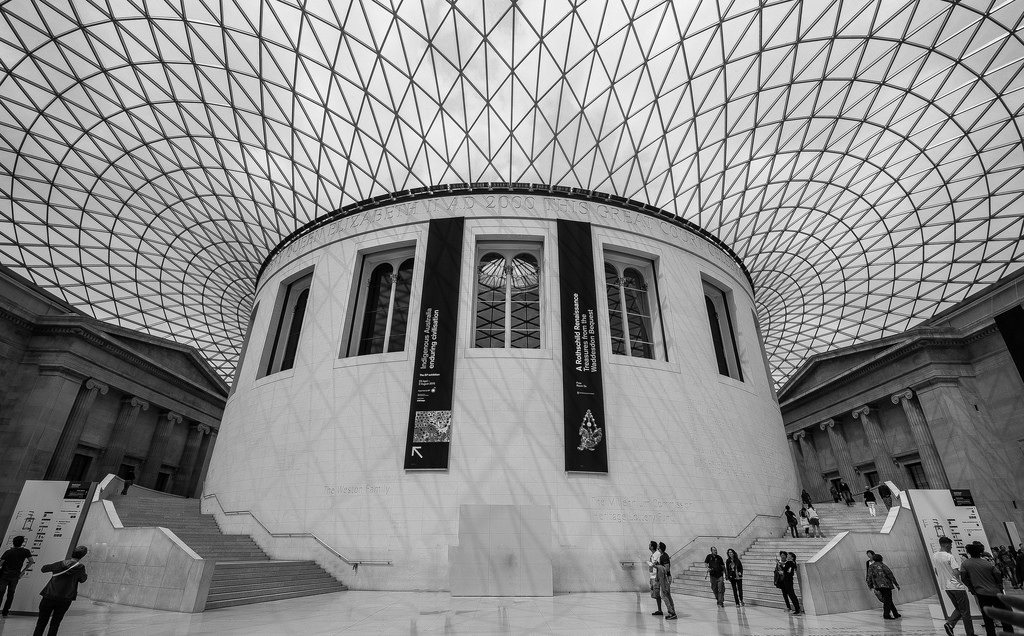
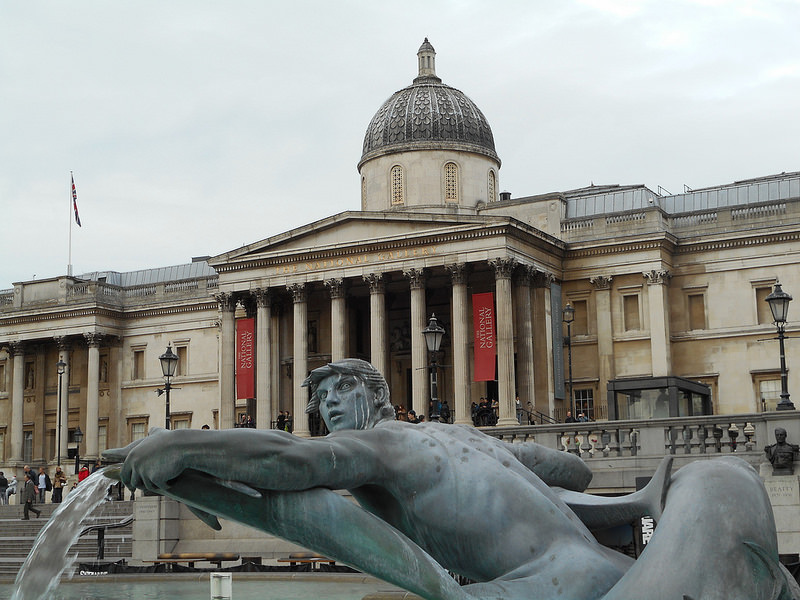
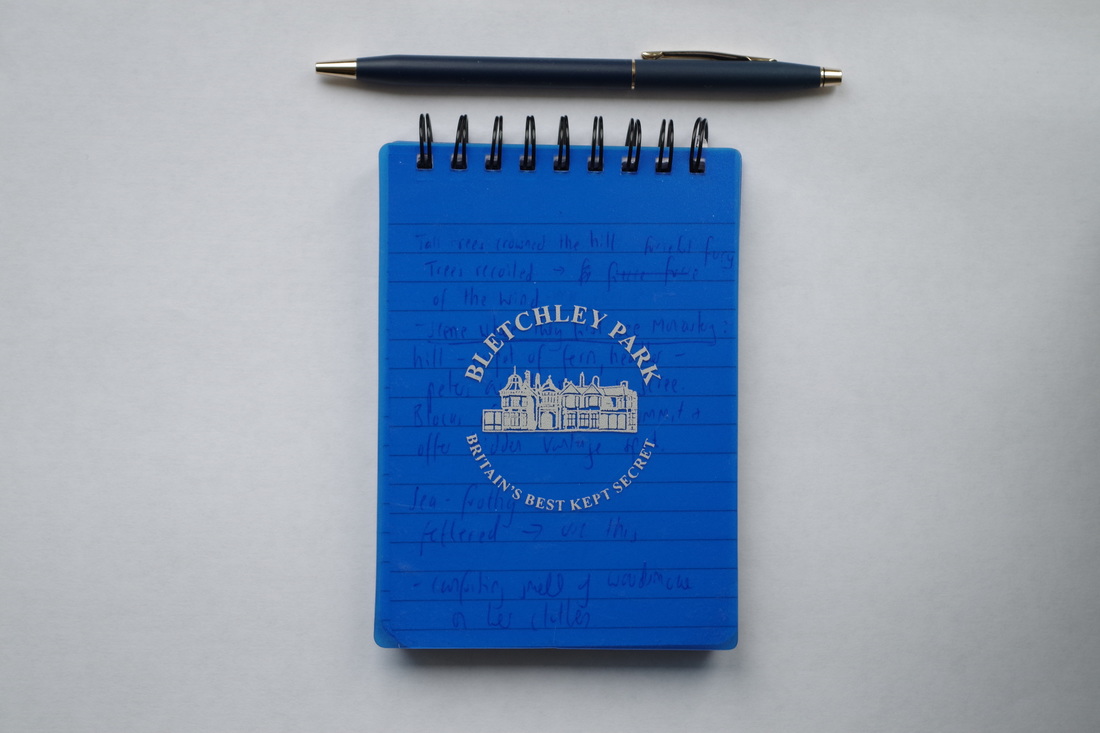
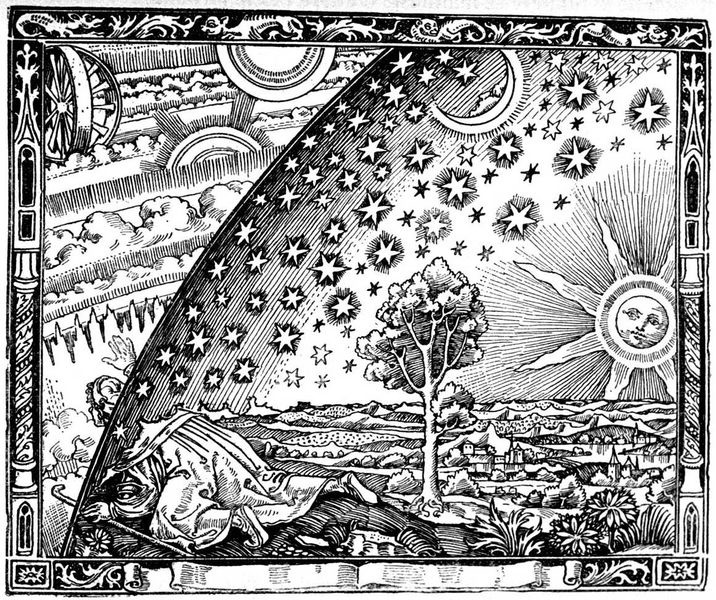

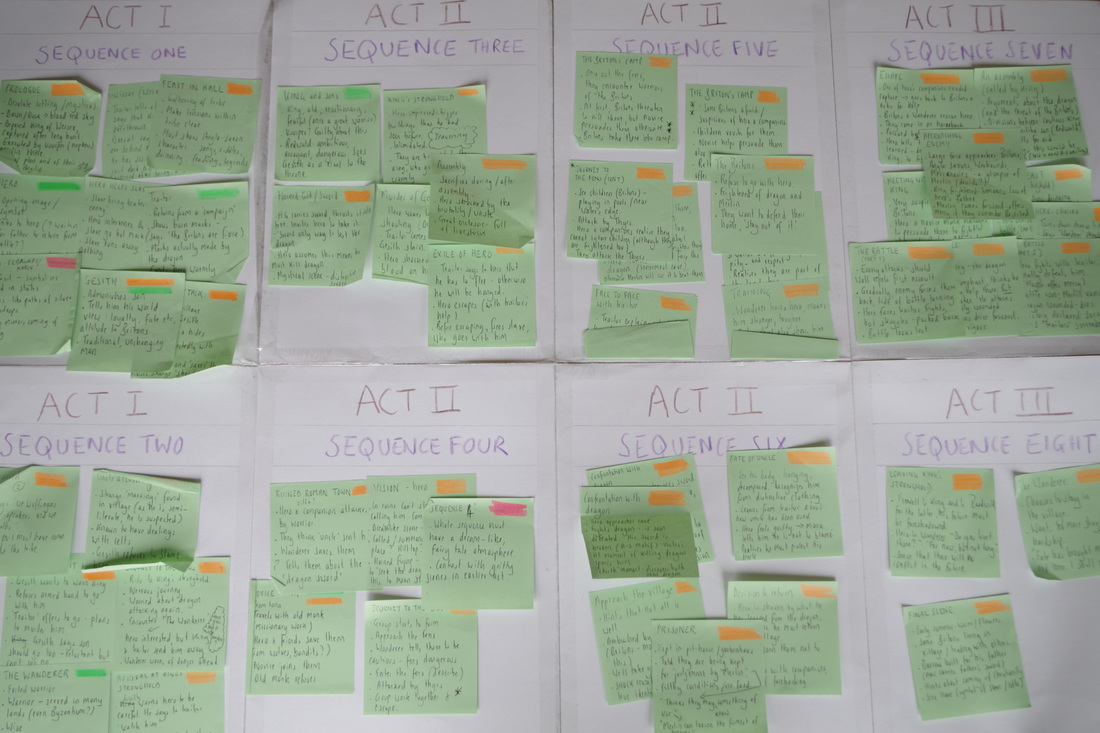
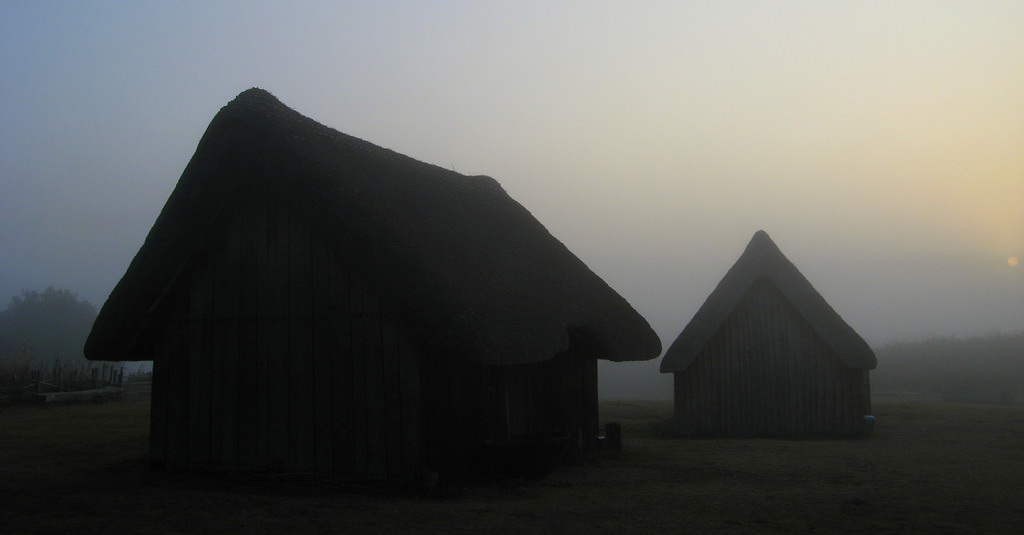

 RSS Feed
RSS Feed